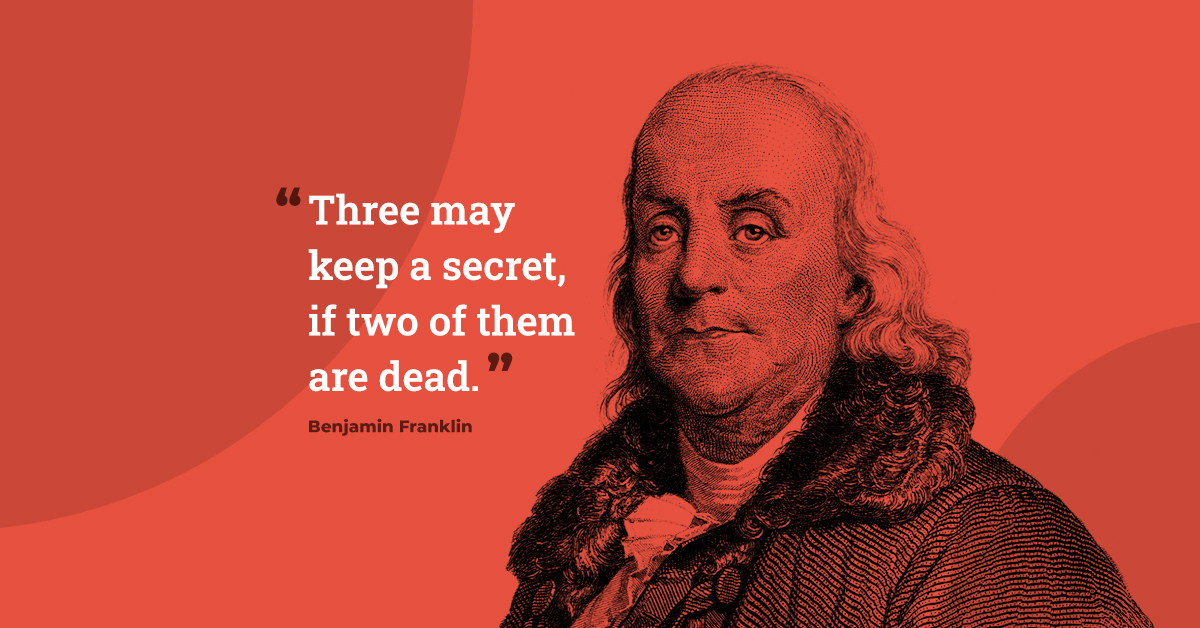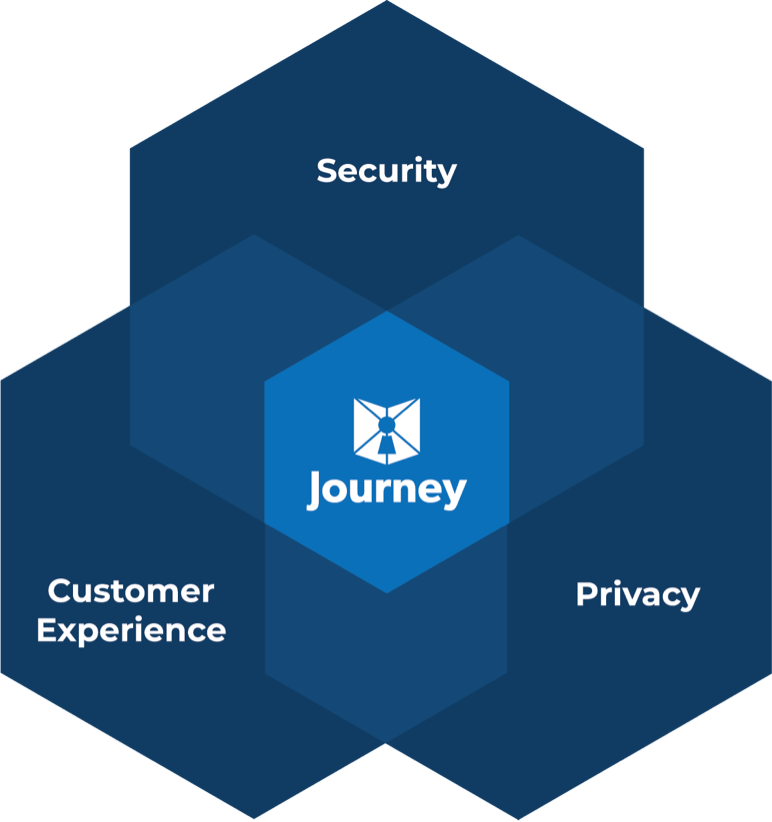Ah, I remember the good old days… the government and in some cases medical establishments and places of worship had records, they were printed on paper and if you wanted to do something as simple as verify a birth certificate you often had to go to the town of birth, visit the local place of worship and see if the paper record existed.
The age of computing arrived in the middle of the 20th century and data centers arrived soon after. Things became simpler. Records were kept in data centers, often on magnetic tape and all you needed to do was get access to a proprietary terminal, wired to a particular data center, do a lookup and the magic happened. You could count the access points for the data center, they were physically attached in what was essentially a closed network and only a small number of trained individuals were authorized to access the records. The first step in digitization had taken place.
Fast forward to 2022 and everything is connected to everything. The connections are standards-based and billions of people virtually have access to everything: everyone’s records, all the logistics and power systems, all the financial institutions, all the medical institutions and medical records, all the enterprises, everything is connected to everything, and everyone is connected to everything as well.
So much has been naively built and connected without considering the nature of human motivation, assuming everyone somehow would behave and that bad actors would not be a factor. Unexpected consequences are … well… unexpected. The network has become the target of a huge amount of crime, pranksters, and even cyber war. The benefits of the internet are unparalleled. The risks are also unparalleled.
One of the greatest risks associated with the digitization of the world and the connectedness of everything is that information is more easily stolen, duplicated, sold and used for nefarious purposes than ever before. We have all heard that data is the new oil. It has value. We have all heard that nothing is free, if you are getting a service without paying, it is because the service is not the product, YOU are. So data centers grow, data grows, AI is used to farm the data and everyone is affected while a relatively small number of data miners know things about us we may not even know ourselves.
So now the scramble has begun. We are waking up to a new reality and finally beginning to take this as seriously as it warrants. New data privacy laws are being enacted and enforced. GDPR in Europe, APPI in Japan, PIPEDA in Canada, CCPA in California, and more and more.
Companies are being held accountable and are being fined for noncompliance. They are also taking data protection more seriously than ever before.
There is also excellent work going on to secure this sensitive data. One example is “privacy by design” which is an approach to systems engineering initially developed by Ann Cavoukian and formalized in a joint report on privacy-enhancing technologies by a joint team of the Information and Privacy Commissioner of Ontario (Canada), the Dutch Data Protection Authority, and the Netherlands Organization for Applied Scientific Research in 1995. The privacy by design framework was published in 2009 and adopted by the International Assembly of Privacy Commissioners and Data Protection Authorities in 2010.
Privacy by design calls for privacy to be taken into account throughout the whole engineering process. The concept is an example of value sensitive design, i.e., taking human values into account in a well-defined manner throughout the process.(Credit to Wikipedia) This excellent work recognizes that the data is out there, privacy laws demand it be protected and treated with care and that a solid framework for this is needed.
This is a necessary step in dealing with the Pandora’s box problem we now have, but it is not enough. We also need to take a much closer look at how sensitive data is handled and adopt a different approach to this data that decreases its proliferation and reduces the risk by fundamentally reducing the exposure. We need to share data on a NEED to know basis and to the extent possible never create or minimize the duplicates.
There are many examples of how this is done in the analogue world. We show a driver’s license to prove who we are but we don’t often let people have a copy. In California the license orientation is changed when someone is of age. This implies that a person only needs to match the picture to a person to serve them a drink, they don’t even technically need to see the birth date. This is inherently privacy-preserving.
In the digital world, a similar approach is possible. The advent of zero knowledge proofs is a core technology that makes this possible. The driver’s license equivalent action in the digital world can send a copy of the license to a verifier (like the DMV) to match the picture to assure the bearer is legitimate and deliver an attestation to the entity requiring proof of identity. This can all be done while protecting the data on the license and sharing only what is necessary with the entity requiring the proof.
Constructed as a zero knowledge network, this paradigm can be extended to other forms of identity document, sensitive medical documents, credit transactions with proof of card ownership etc etc. The good news is that this is not a technology of the future. The Zero Knowledge network has been invented and patented and is now available to help businesses not only do the right thing and protect people’s data but also to enable them to remain in compliance with regulations. They can also burnish their own reputations, as Apple is doing very effectively. Apple is doing this precisely because they know that it means something to their customers.
It all goes back to Benjamin Franklin’s observation “Three may keep a secret, if two of them are dead.”― The best way to ensure privacy is to never share sensitive data in the first place.




